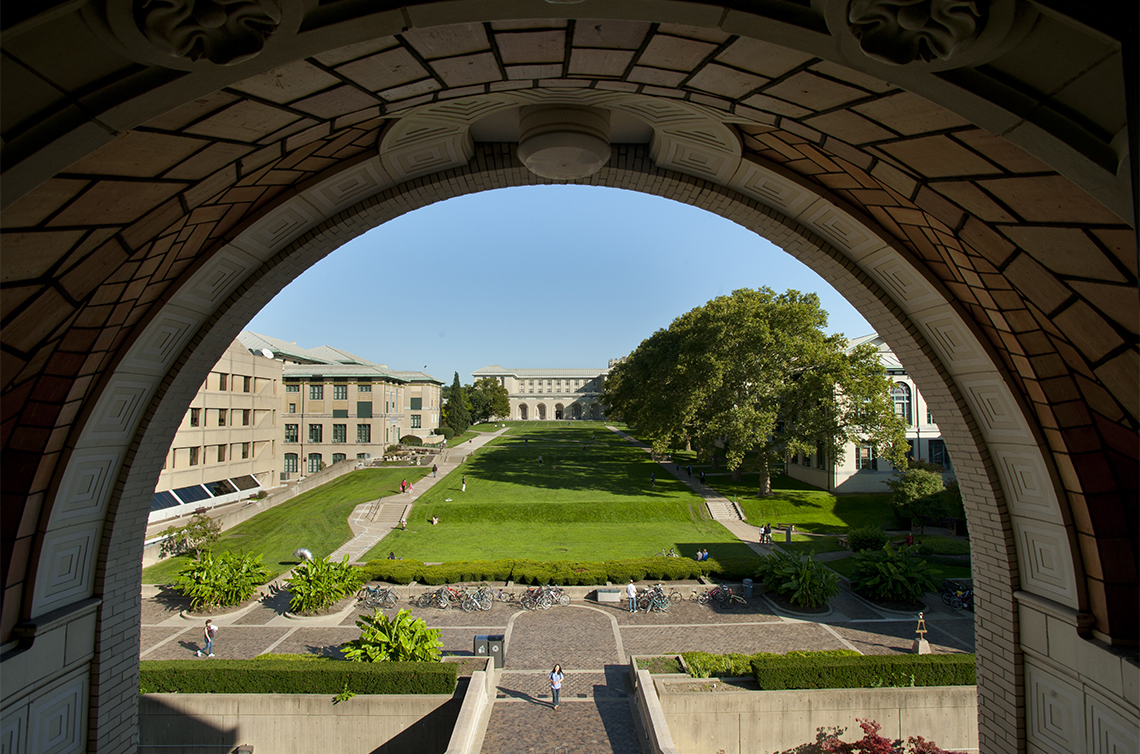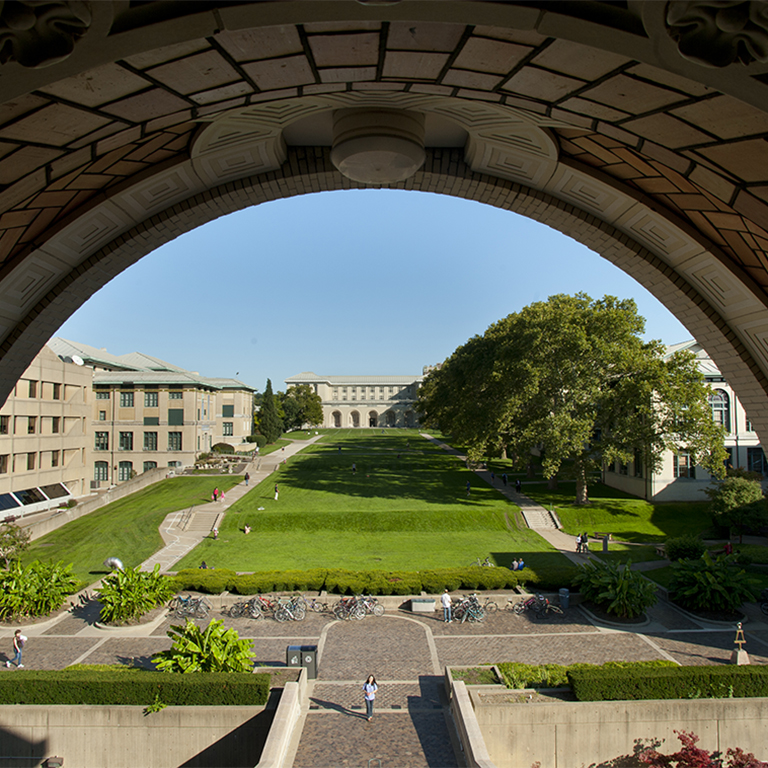
A new Foundations curriculum launching this fall aims to give first-year students a stronger basis in technical skills, more opportunities to take advantage of CMU resources, and a more tightly-knit community of artist-peers. A 2,800-square-foot Foundations classroom—which underwent extensive renovation this summer—supports the new curriculum and is the first School of Art space dedicated exclusively for first-year student use.
The new curriculum is thanks to the work of Associate Professor Imin Yeh, who was named the inaugural Director of Foundational Studies last fall. During the 2021-22 academic year, Yeh undertook an extensive examination of the school’s existing Foundations curriculum, the pedagogical history of the school, and students’ views on classes and outcomes.
One thing that became clear to Yeh after surveying students was the need for a greater sense of community earlier in their academic career. “There’s a conception in popular culture of artists working in isolation,” said Yeh, “but in reality, a strong community of peers is essential for building and sustaining a vibrant art practice. The connections students make during their first semester of college grow into lifelong supportive friendships.”
The new First-Year Seminar, which brings together all sixty BFA and BXA-Art students into one classroom for the first time, will grant students a more structured approach to acclimating to art school and building relationships with peers. This course will be held in the new Foundations classroom, which will serve as a studio space, instructional facility, and informal community gathering point. All first-year students will have 24-hour access to this space.
Throughout the First-Year Seminar, students will learn about all the ways the school — and the university more broadly — will support their development as artists, from staff and faculty support, to facilities and equipment, to project funding and more. Lectures and panel discussions will introduce students to the idea of artistic research, while hands-on demonstrations will teach a variety of technical skills and safety protocols for using studio equipment.
During the first semester, students will also take three Foundational classes based on medium: Drawing, Sculpture, and Time-Based Media. In the second semester, students will continue developing their skills by choosing two medium-specific classes: Paint/Print, Expanded Media Sculpture, or Digital Media. While teaching the basics of working across a wide variety of media, these courses simultaneously emphasize how each art form challenges artists to think and communicate in different ways. Even during their first year, students are encouraged to consider how various approaches to artmaking can inform their personal practices.
“These medium-specific foundation courses will ensure that students are well prepared to put their complex ideas into action in intermediate and advanced studio courses,” said Yeh. “Students will be able to spend more time on the conceptual frameworks of artmaking and less time on learning basic technical skills as upper-class students.”
In the second semester of their first year, students will also take their first Critical Studies course, which will introduce them to key ideas in contemporary art through a wide range of texts including essays, artist interviews, short stories, scholarly theory, poetry, and more. In addition, students will take an interdisciplinary research studio, titled “Risk, Agency, Failure,” which will challenge them to experiment broadly and expand their conceptual notions of artmaking. This class will help prepare students for advanced courses, which place greater emphasis on expanding critical thought through artmaking than on technical instruction.
The new Foundations curriculum, while providing a stronger basis for advanced artmaking, also gives students the opportunity to choose their own classes sooner than the previous curriculum allowed. Beginning their sophomore year, students will choose their own intermediate studios, along with special topic critical studies courses. Students will then choose from a wide variety of advanced studio courses, in addition to professional development classes, during their junior and senior years.




